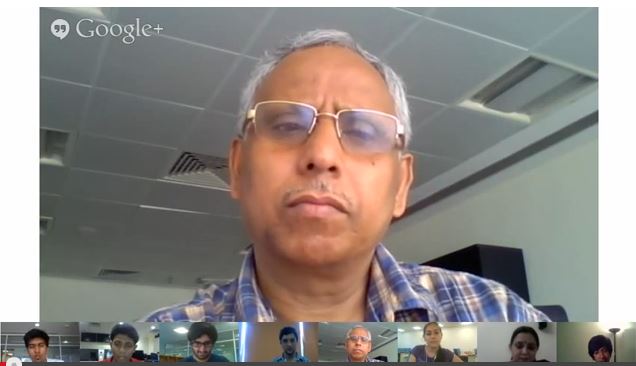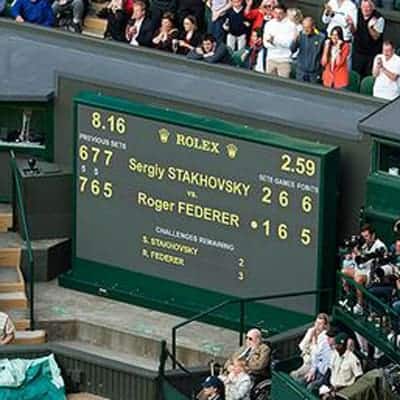Cluster Innovation Centre (CIC), University of Delhi conducted a Webinar on the 12th of July with the objective of fostering further knowledge about the admission process for 2013 and enlightening students interested in pursuing courses at CIC.
In what seemed like an interesting panel, there were second year CIC students interested in a wide array of subjects. They were accompanied by an equally skilled and distinguished bunch of faculty members, all engaged in an engrossing discussion which was seeking to answer the various questions posed and addressing the innumerable doubts at the same time. Amongst those joining the discussion were Professor Madan Chaturvedi, Director CIC , Dr Shobha Bagai and Dr Sanjiv Singh. On the other hand, students hailing from different interests such as Economics, Mathematics, Physics and IT were seen putting forth and asserting themselves passionately.
The genesis of the entire concept of having an Innovation Centre could be traced back to July 2011 under the supervision of the Vice Chancellor. The essence of this change stemmed from the need to evaluate the relevance of the present education system and for it to be reformed. In what ensued, it was made amply clear in the discussion that the Cluster Innovation centre and the programmes offered by it sought to mark a departure from the conventional methods of learning, impart a problem solving approach which is realistic and can help students to execute what they learn in the confines of their classrooms practically.
As the discussion progressed, multitude of dimensions to what makes courses like the B.Tech/ B.S. in Innovation in Computer Science and Mathematics offered by the centre relevant and different from the rest, could be seen. The student based interaction was equally informative with some of them sharing their internship experiences and the opportunity to explore a combination of subjects under one course. For a lot of us, who are unsure of our areas of interest and what we may want to pursue in future, this seemed like an opportunity which allows you to weigh your career options.
A lot of things stood out from the discussion. Firstly, what the Centre offers you is a Unique Curriculum. Possibly one not found in a lot of technological institutes, owing to the number of subjects one could pursue at a given point in time. Secondly, the teaching imparted is extremely different and what they have is an “engineering kitchen” which includes state of the art electronics, computer science and electronic fabrication. And finally, the kind of exposure and the linkages built with real world seem to be fascinating. Over 50% weightage is given to semester long projects and interning opportunities are available to students in their first year itself , with the biggies like the Indian Institute of Technology, Indian Institute of Management and Defence Research and Development Organisation.
A small interaction with Sahil Mathur, who conducted the Webinar session, proved to be quite insightful. The objective of such a session was to reach out to a larger audience and engage as many as 400 students. Besides this being a success, Sahil told us about the unique course structure, the facilities like the laboratories equipped with different technologies available to students and an immensely dedicated faculty working to strive for excellence of their students. The organisers have also summed up the various key points discussed during the session in the form of a PDF for easier dissemination.
The endeavour definitely seems to be a positive one with the colleges of Delhi University experimenting and broadening their scope, both in the technological areas and in terms of exploring new ways of imparting information.
Here is the entire video of the webinar:






